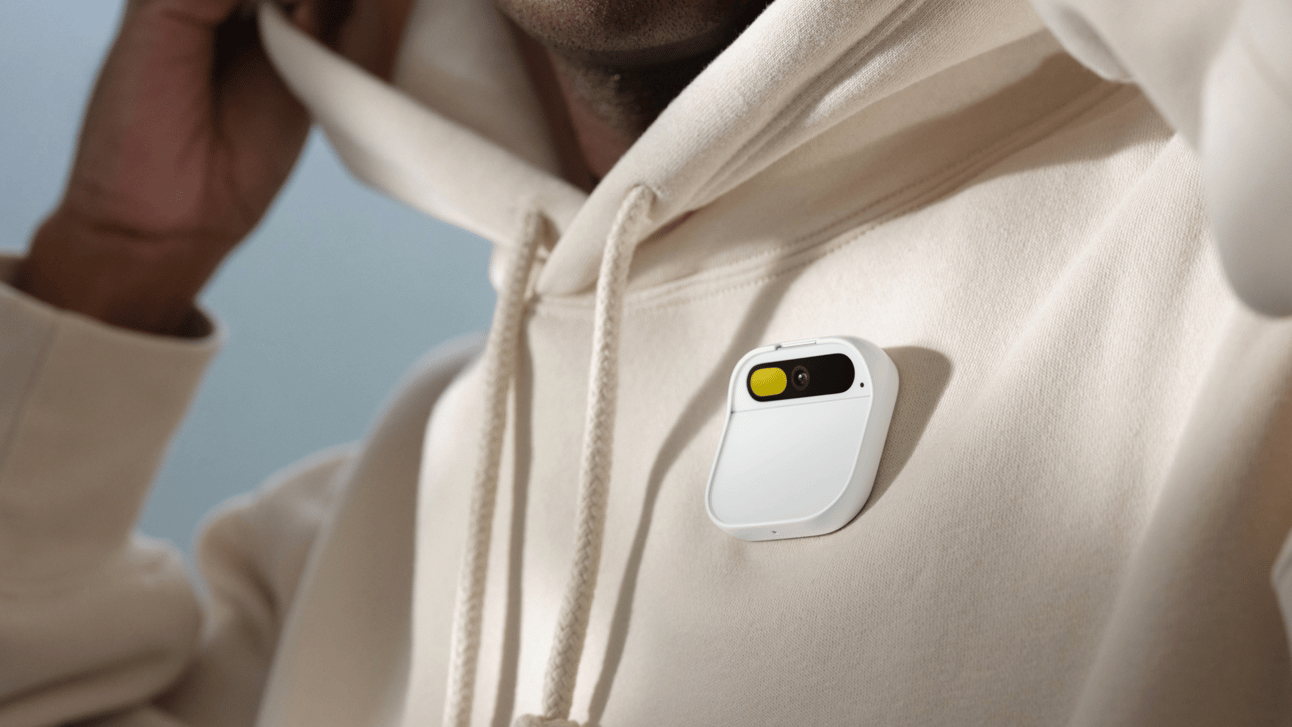Dear {{ first_name | reader }},
I hope all is well. In this edition of the Wag The Dog newsletter I’ll jump right into the main topic: the launch of AI-driven wearables and what they could mean for crisis communicators and emergency managers.
Yesterday, Humane launched its revolutionary AI Pin. It represents a completely new trend in how we use and relate to technology.
This AI-powered wearable device, which combines advanced artificial intelligence with a user-friendly interface, has the potential to revolutionise several areas, including crisis management and risk communication.
In this edition of Wag The Dog, I look at the potential applications of the Ai Pin in crisis communication.
Remember, you heard it here first 😅
Humane’s Ai Pin: A brief overview
Before we look at the potential applications of the Ai Pin, let's first understand what the Ai Pin offers. This compact, portable device integrates major AI language models, including OpenAI’s GPT-4, for a wide range of tasks.
It supports natural language for interaction, real-time language translation, visual data processing, and AI-driven communication functions. Its screenless design emphasises a more intuitive, human-centric interaction with the technology.
Take a look at the demo here first to really understand what it does:
Now let’s look at the potential applications in crisis management and risk communication.
1. Access and disseminate information in real time:
Ai Pin's ability to process and share information in real time can be extremely valuable during emergency situations like wildfires. It can provide updates, analyse data from multiple sources, and help professionals disseminate tailored evacuation routes and safety instructions quickly and efficiently.
2. Overcoming language barriers in emergencies:
During international crises or in multilingual regions, the Ai Pin's real-time translation function can play a crucial role. It enables emergency responders to communicate effectively across language barriers and ensures that important information reaches everyone, regardless of language.

Laser Ink Display
3. Enhanced situational awareness:
In scenarios such as flooding, the Ai Pin's visual input capabilities can provide real-time environmental assessment. This feature helps to understand and communicate the risks associated with natural disasters in order to make informed decisions.
4. Accelerated multi-agency coordination:
The Ai Pin could significantly improve communication and coordination between different agencies during complex emergencies, such as chemical spills. Its AI-driven communication system ensures that all teams are up to date and working in synchronisation.

5. Ensuring the safety of personnel on site:
For personnel involved in search and rescue operations, the Ai Pin's environmental monitoring and communication features can be life-saving. They provide real-time data on hazardous conditions and maintain communication links to ensure the safety of personnel.
6. Post-Crisis Analysis for Future Preparedness:
After a crisis, Ai Pin's data analysis capabilities can be critical to evaluate the effectiveness of response strategies. This analysis is key to improving future crisis communication and management strategies.

7. Community engagement and preparedness:
The Ai Pin can also play an important role in community engagement outside of times of crisis. Its AI-driven survey tools can help educate the public about emergency preparedness and gather valuable feedback for better planning.
I believe that devices like Humane's AI Pin have immense potential to revolutionise crisis management and risk communication. Its advanced AI capabilities, combined with a user-centred design, offer a glimpse into the future of emergency response and public safety communications.
The further we explore and understand this technology, the clearer it becomes that Ai Pin and comparable wearable devices could become an indispensable tool for professionals in our field, enhancing our ability to effectively manage crises and communicate risks efficiently.
What do you think? Is it hype or a rapidly evolving practical AI reality?
Sponsor
This tool helps you comply with the EU Whistleblower Directive by providing a secure channel for submitting and managing whistleblower reports. Maintain an easy-to-use reporting form for employees and other stakeholders, and manage the whole process from an all-in-one dashboard.
What I am reading/testing/checking out:
FIR Podcast - The 2023 Corporate Communications Study.
Guidance: Principles for the Ethical Use of Artificial Intelligence in the United Nations System.
Crisis Simulation Blueprint. My first GPT app will soon help you create crisis simulation scenarios based on best practises. (But you’ll have to wait to get access 😅)
A Quick Note on How I Create Content for Wag The Dog
As you know, I'm passionate about AI and its applications in the fields of PR and crisis communication. So, it shouldn't come as a surprise that I use AI to help draft my articles.
Why? Well, for starters, English isn't my first language. While I'm comfortable with it, AI gives me that extra edge to ensure clarity and coherence. Secondly, I write about AI, so what better way to understand its capabilities than to use it in my own work?
I value transparency, so it's crucial for you to know that although AI assists me in drafting, I personally review and edit each article to guarantee its authenticity.
PS: I hope you've enjoyed this newsletter! Creating it each day is a labour of love that I provide for free. If you've found my writing valuable, the best way to support it is by sharing it with others. Please click the share links below to spread the word with your friends and colleagues; it would mean so much to me. Thank you for reading!
